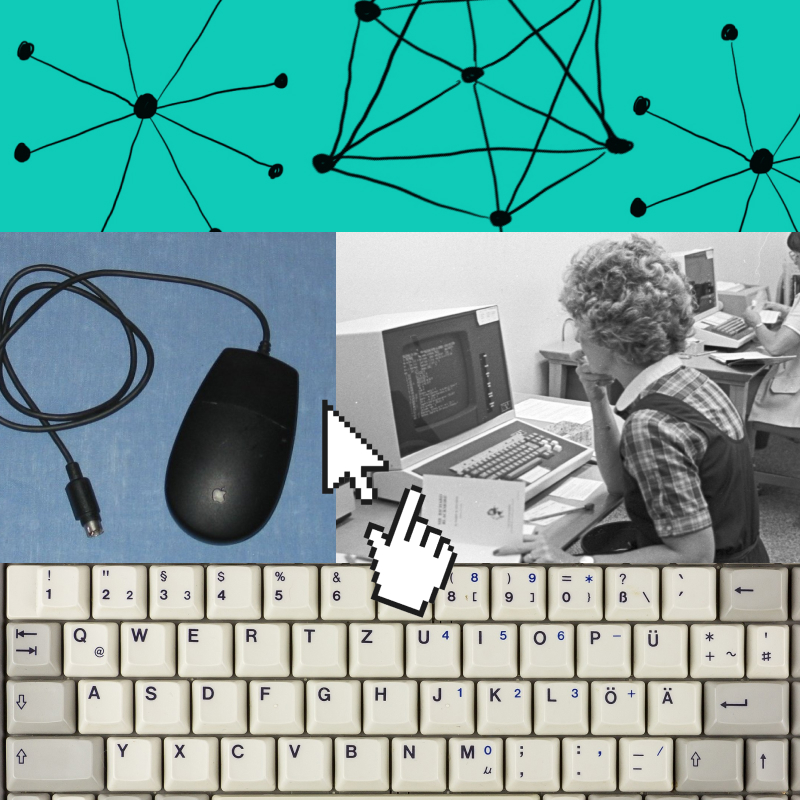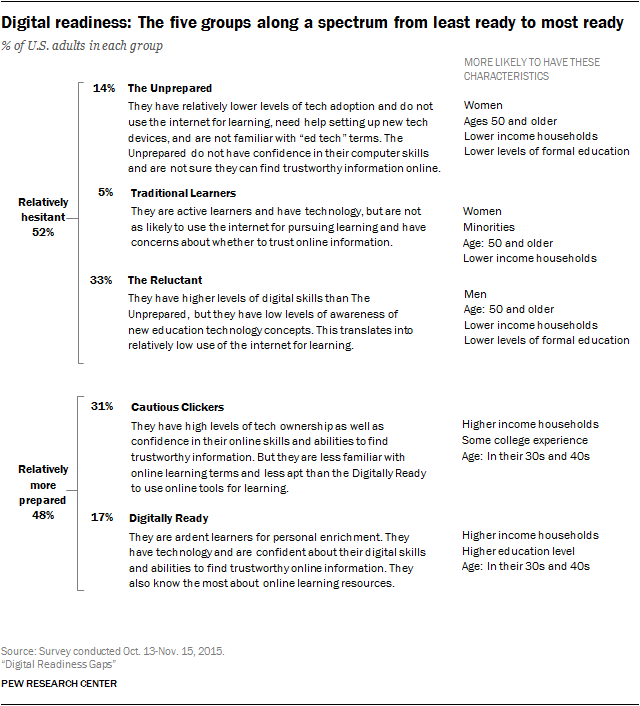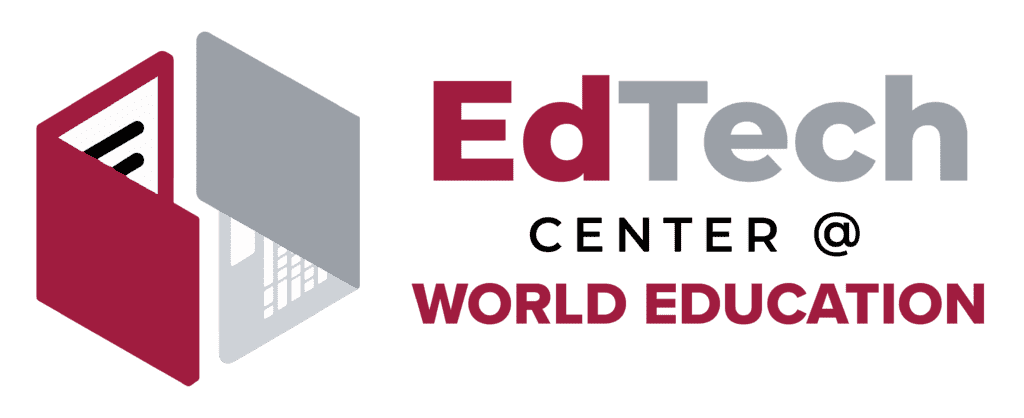About This Topic
Almost everybody encounters digital technology on a daily basis in a wide variety of functions, including connecting with family, reading the news, applying for jobs, and expressing oneself creatively. We believe that a good digital literacy program does more than merely help users consume digital information, which is why we like the American Library Association’s definition of digital literacy as “the ability to use information and communication technologies to find, evaluate, create, and communicate information, requiring both cognitive and technical skills.”
Practices
- Be prepared for learners to show up with a diverse array of goals in mind. Regardless of why they show up, adults with basic computer familiarity are often trying to accomplish some of the same fundamental tasks: managing email, backing things up/using cloud storage, word processing, interacting with media such as e-books and music, streaming apps like Netflix, and familiarizing themselves with the essential features of Zoom and other video conferencing tools.
- Online safety and security are important components of digital literacy for maintaining both your personal information as well as the health of your device. Try to incorporate online safety and privacy into all learning circles, rather than calling it out as a separate topic.
- Digital literacy learning circles can be a good pathway into more complex topics, as well as a good fallback option for folks who are interested in a different topic but don’t yet have the computer skills necessary to succeed. In Chicago, the library assessed each individual’s computer skills in the first week of learning circles and then recommended separate programs for people who needed a little more support before being able to fully participate in the learning circle that they signed up for.
- Try to avoid making assumptions about learners’ current digital skills or priorities: focus on identifying individuals’ objectives and barriers (e.g. money, anxiety, infrequent access, lack of support) in order to create effective and meaningful programming. Recognizing the ways in which digital literacy interacts with other literacies is an important step in helping participants succeed.






